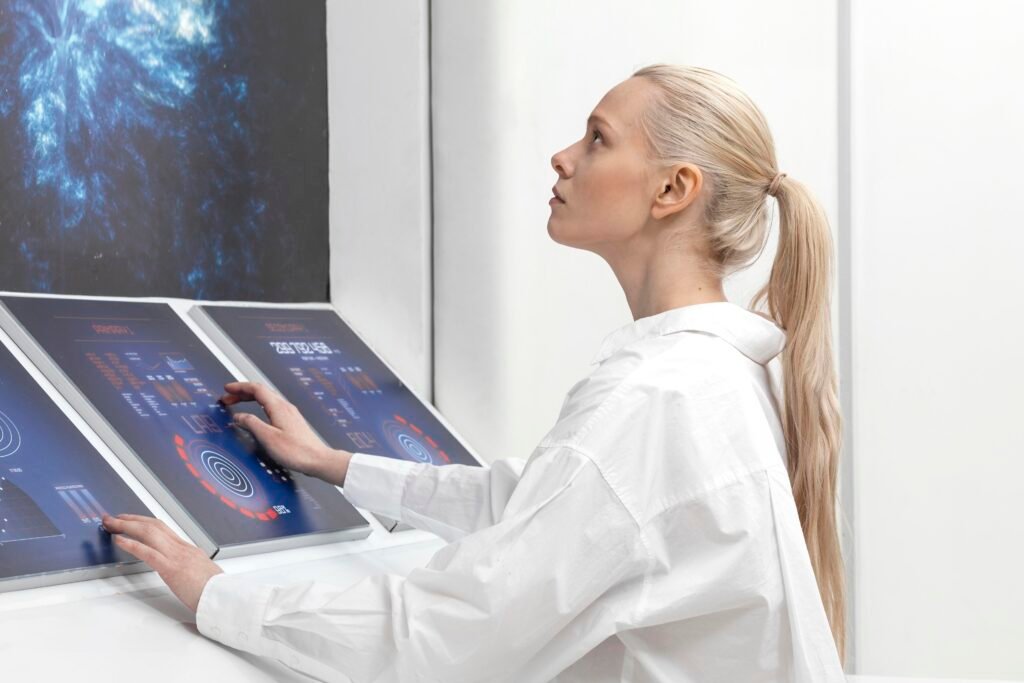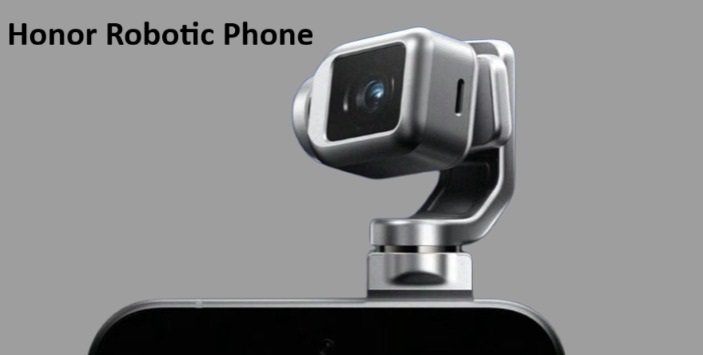
AI in early cancer detection is revolutionizing healthcare by improving accuracy and saving lives through faster, more reliable diagnoses.
Artificial Intelligence (AI) is no longer confined to research labs—it is now making life-saving contributions in the medical field. One of the most remarkable breakthroughs is the use of AI in early cancer detection, where it has shown the ability to identify tumors years before traditional methods. By analyzing complex medical scans, genetic data, and subtle biological patterns, AI is offering doctors a powerful new ally in diagnosing cancer faster and more accurately.
Recent studies, including those published in Nature Medicine and research from Johns Hopkins University, highlight how AI systems are not only improving diagnostic accuracy but also reducing missed cases and making personalized treatment a reality. From reading mammograms with superhuman precision to predicting who is most at risk, AI is transforming how we fight one of humanity’s deadliest diseases.
How AI is Transforming Cancer Detection
Reading Scans with Superhuman Accuracy
AI-powered systems can now analyze mammograms, CT scans, and MRIs with remarkable accuracy. In clinical studies, AI has detected breast cancer up to two years earlier than traditional screening methods. By flagging subtle abnormalities invisible to the human eye, AI offers radiologists a powerful tool to improve outcomes.
Reducing Missed Diagnoses
Even the most experienced specialists can overlook small tumors in complex imaging data. AI reduces the risk of missed diagnoses by identifying patterns that humans might miss. This not only boosts patient survival rates but also increases confidence in screening programs.
Personalized Screening Approaches
AI goes beyond detection—it predicts who is most at risk. By analyzing genetics, lifestyle factors, and medical history, AI enables personalized screening schedules. This ensures that high-risk patients are monitored closely while reducing unnecessary tests for low-risk individuals.
Faster and More Accessible Care
In hospitals using AI-assisted tools, patients experience shorter waiting times for results. Early detection means treatment can start sooner, improving outcomes while reducing stress and uncertainty for patients. Importantly, AI has the potential to bring advanced diagnostic capabilities to underserved and rural areas where access to specialists is limited.
What This Means for Humanity
Cancer remains one of the leading causes of death worldwide, but survival rates improve significantly with early detection. AI is helping doctors act faster, diagnose with greater accuracy, and provide more personalized care. Rather than replacing doctors, AI is designed to empower them, acting as a co-pilot in the fight against cancer.
By combining human expertise with AI-driven insights, the future of cancer care is becoming faster, smarter, and more precise—offering real hope to millions of patients across the globe.
References
- Wichmann, D. et al. (2024). AI-supported mammography screening leads to increased breast cancer detection rate (PRAIM trial). Nature Medicine. Available at: https://www.nature.com/articles/s41591-024-03408-6
- Koumakis, L. et al. (2025). MIGHT: A more reliable AI for early cancer detection using circulating cell-free DNA. Proceedings of the National Academy of Sciences (PNAS). Reported by Johns Hopkins University. Available at: https://www.news-medical.net/news/20250819/Johns-Hopkins-team-develops-a-more-reliable-AI-for-early-cancer-detection.aspx
- Korea Institute of Materials Science (2025). Instant cancer diagnosis with light and AI. ecancer.org. Available at: https://ecancer.org/en/news/26720-instant-cancer-diagnosis-with-light-and-ai





